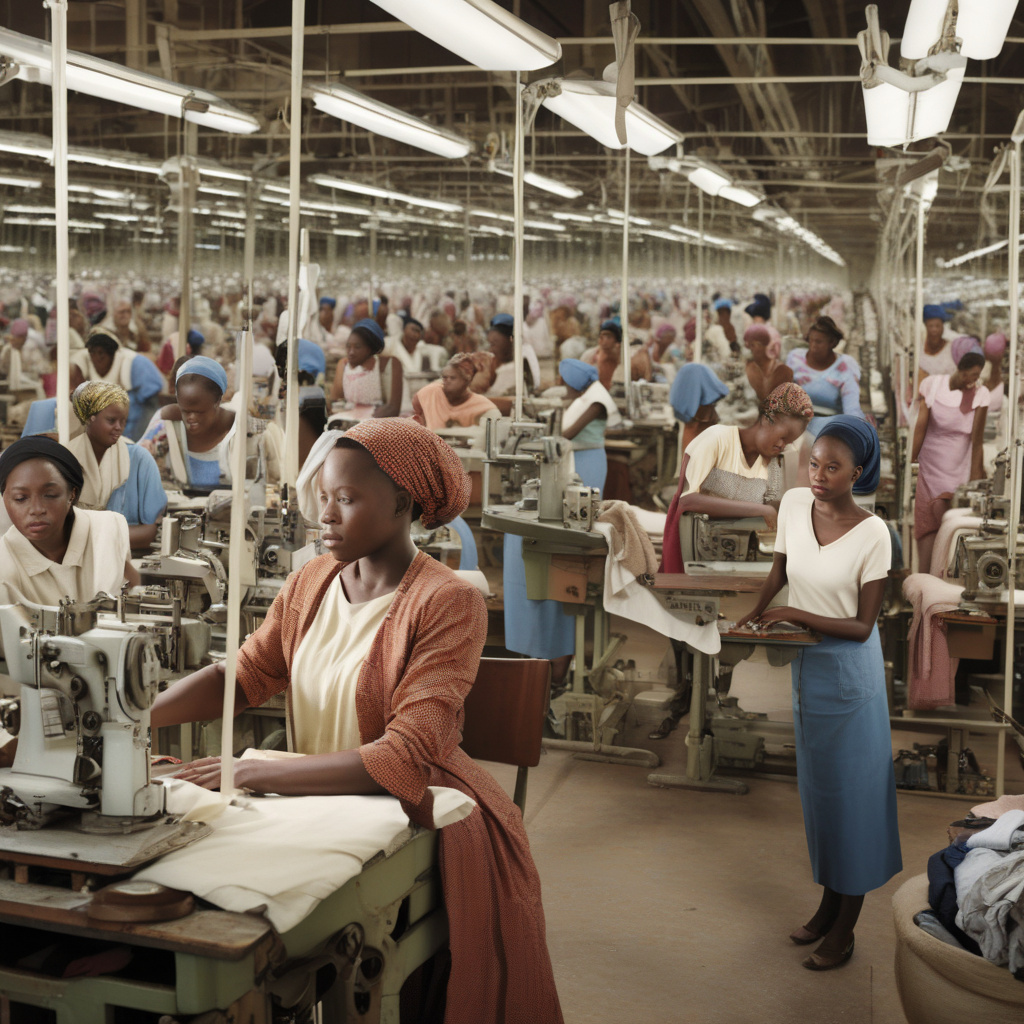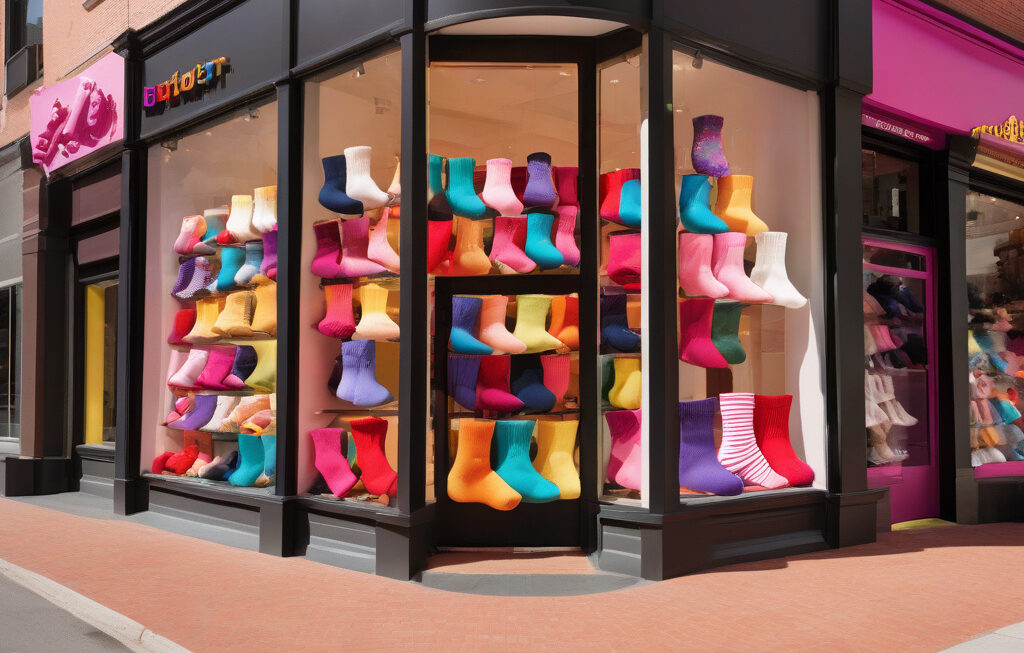Worldview | Africa’s Garment Factories Raise Alarm Over US Tariffs
The fashion industry is a delicate ecosystem, with global markets intricately intertwined, each thread pulling on another. As this week’s news unfolds, Africa’s garment factories find themselves at the center of a storm caused by the recent tariffs imposed by the United States. While manufacturers in India and Pakistan are also feeling the heat, there is relief among Latin American producers and panic in Vietnam and Cambodia.
The African continent has been steadily emerging as a key player in the global fashion supply chain, with its garment factories providing employment opportunities and driving economic growth in many countries. However, the recent imposition of tariffs by the US has sent shockwaves through the industry, threatening to unravel the progress that has been made.
One of the major concerns for African garment factories is the potential loss of market share in the US, one of their key export destinations. The tariffs make African products more expensive for American consumers, putting them at a competitive disadvantage compared to manufacturers in other regions. This could result in a significant drop in orders and a devastating blow to the industry.
Moreover, the uncertainty created by the tariffs has made it difficult for African garment factories to plan for the future. Many are now facing tough decisions about whether to scale back production, lay off workers, or even shut down operations entirely. This not only impacts the livelihoods of thousands of workers but also hampers the overall economic development of the region.
In contrast, manufacturers in India and Pakistan are also feeling the squeeze from the US tariffs, but they have more diversified export markets to rely on. This has provided them with some cushion against the impact of the tariffs, allowing them to weather the storm more effectively. However, the situation remains challenging, and they are closely monitoring developments to mitigate any potential losses.
On the other hand, Latin American producers are breathing a sigh of relief as the tariffs present an opportunity for them to increase their market share in the US. With African and Asian manufacturers facing difficulties, Latin American countries are well-positioned to capitalize on the void left by their competitors. This could potentially lead to a shift in the global fashion supply chain, with Latin America playing a more prominent role in the industry.
Meanwhile, in Vietnam and Cambodia, the mood is one of panic as manufacturers scramble to find ways to offset the impact of the tariffs. These countries have built their economies around garment exports, and any disruption to this sector could have far-reaching consequences. They are exploring various strategies, such as diversifying their export markets and focusing on higher value-added products, to navigate through these turbulent times.
In conclusion, the global fashion industry is facing a period of uncertainty and upheaval, with the recent US tariffs sending shockwaves across different regions. While Africa’s garment factories raise alarm over the potential impact on their businesses, manufacturers in India, Pakistan, Latin America, Vietnam, and Cambodia are also grappling with the repercussions. As the situation continues to evolve, it is essential for industry players to adapt quickly and strategically to navigate through these challenging times.
tariffs, US, Africa, fashion industry, global markets












